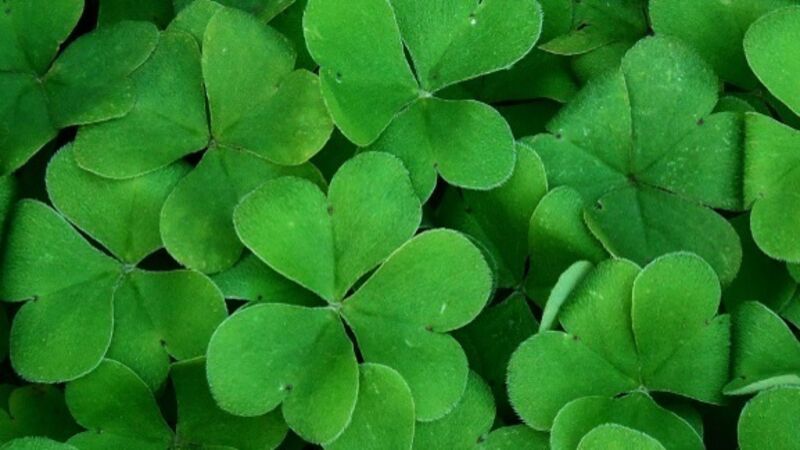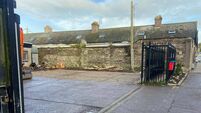Shamrock is a great diet boost for birds

First a squad of about a dozen jackdaws marched across from left to right, then seven wood pigeons counter-marched from right to left, finally a pair of magpies joined in. All moved at a steady pace, pecking at the ground as they went. I know what they were doing.
It’s an old pasture, relatively ‘unimproved’, and quite species-rich. Among the plants that grow there are several kinds of clover and in March these are shooting up new leaves that are juicy and nutritious. The birds were packing their crops with these leaves and getting a boost of vitamins and minerals after a long winter with a shortage of greens in their diet.













